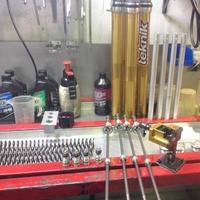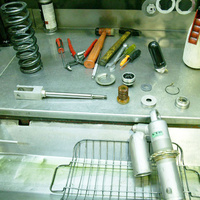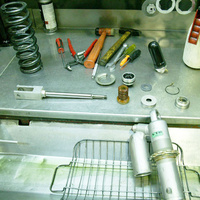KTM 250 / 300 EXC / EXC-E / EXC-F Suspension
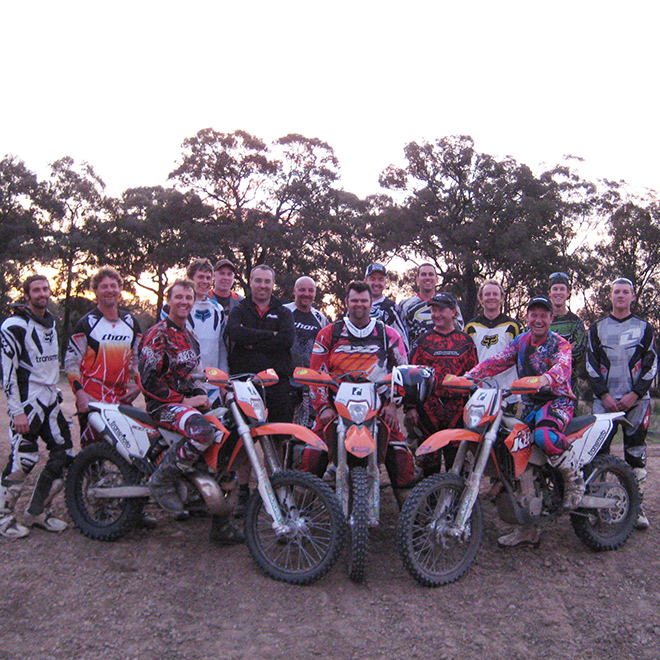
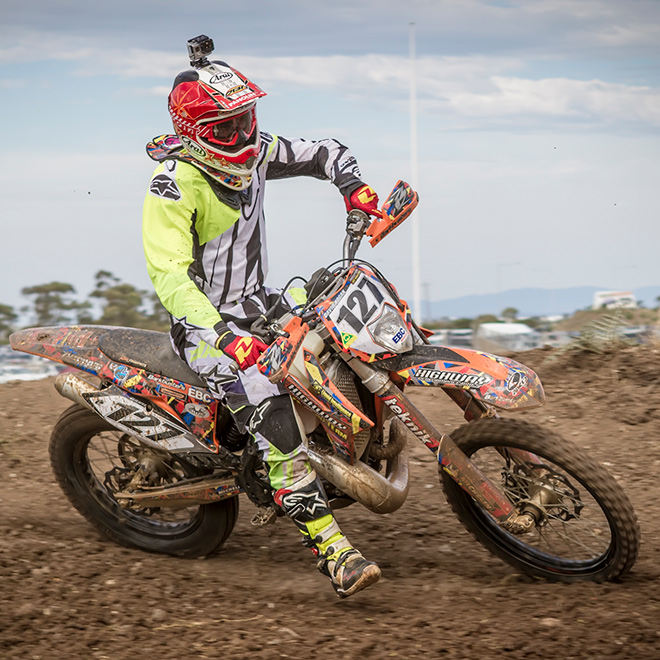
Since 1999 the EXC range of KTM's has been equipped with WP suspension. We have been working on EXC suspension since the beginning and we know how to get the best from every variant of the model plus look out for some of the common problems with the most effective repair options.
From 2017-2019 the WP Xplor fork and shock have been the biggest departure from the suspension we have seen since 1999. We have done a lot of testing, both on the track and the dyno. We can make the Xplor fork work without taking out a second mortgage with no colourful anodised parts and extra adjusters that don't work and are not required. Springs for your weight and new settings to suit you.
KTM EXC & EXC-E & EXC-F Forks
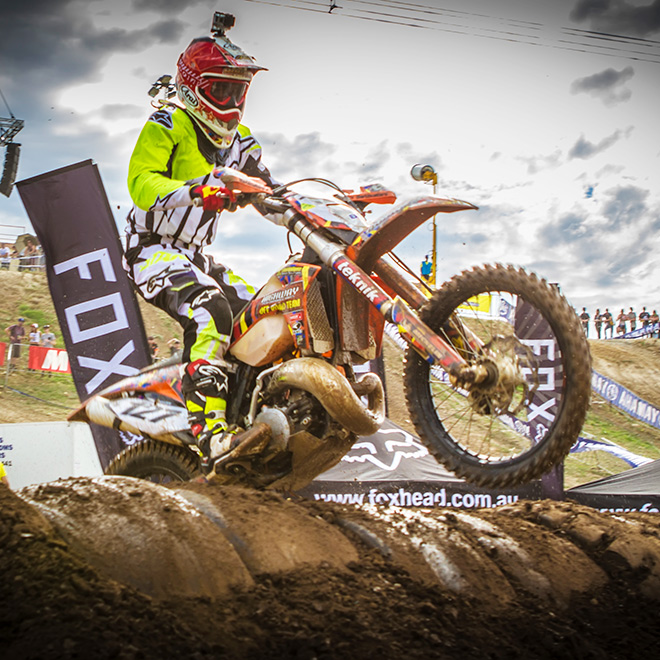
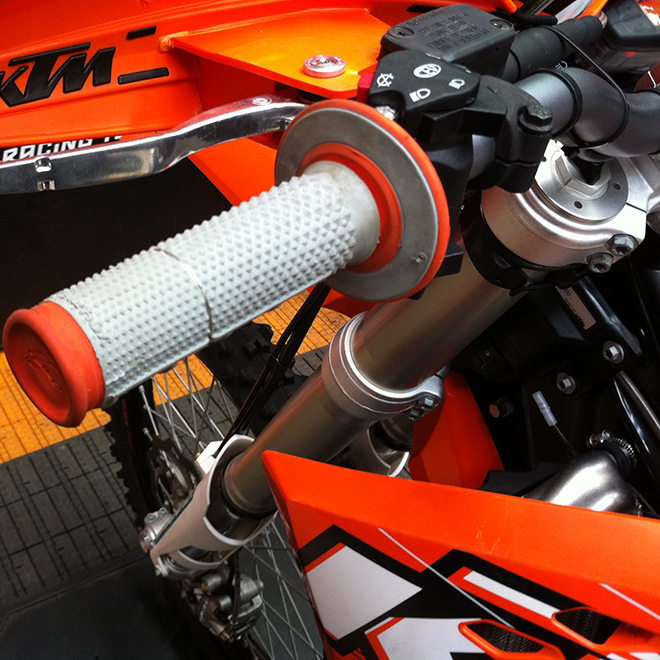
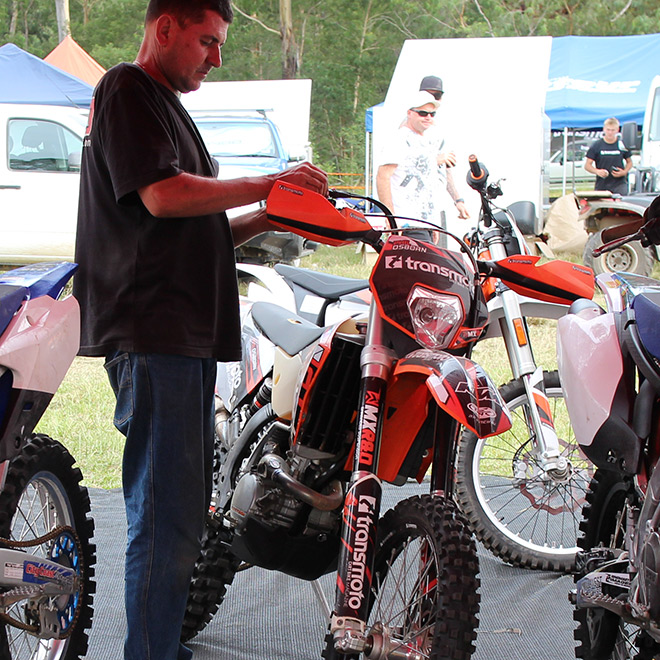
2017-2019 (XPLOR Forks)
WP introduced the Xplor fork. It replaced the previous Open Chamber (OC) and 4CS Forks. The Xplor has compression and rebound adjustment on both fork caps with no adjustments at the base. We think the design brief was a light fork, easy to adjust, with setting aimed at Extreme Enduro over Offroad competition. In use the fork feels very active, lightly sprung with an almost trials bike feel. We have seen and tested a variety of aftermarket answers from base adjusters to one or two main pistons, all adding to the cost and all yielding mediocre results. After analyzing how the fork functions on our linear actuator dyno, we can utilize the existing design from WP and just change the setting.
2012-2016 (OC & 4CS Forks)
These years used the OC fork and the 4CS. While the Open Chamber forks hadn't changed in architecture since the previous version, the 4CS was all new. It's 4 Chamber System took some real understanding and while there were a host of aftermarket kits available for this fork, we took the time to analyze the fork, understand where WP made some errors in the pressure balance and had systems in place in the fork to allow the fork to function while suffering pressure balance problems. We change the settings to get the pressure balance as even as possible, work on some of the 4CS's nasty traits like the high initial force that makes the fork stiff for trail riding while being too soft once the pace picks up. The original adjustment is retained and you get a very good fork with a setting change only.
2008-2011 (12mm Damper Rod)
The first real change happened to the fork since 2003, with the damper rod changed from a 14mm diameter to 12mm. Less displacement dampening, so the base valve becomes less critical. It was a great fork and funnily enough, it's still great architecture for an offroad fork. The preload adjusters were a great touch.
2003-2007 (48mm USD)
Bringing the EXC range into line with the SX range, 48mm forks for 2003. The first few years used a 3 bushing arrangement that contributed to drag with dubious other benefits. The fork reverted back to a 2 bush after a few years.
1999-2002 (43mm USD)
The new 43mm WP USD fork was introduced. It ran a 14mm damper shaft, 28mm cartridge and was frankly a good fork for it's time. In hindsight the settings were horrendously soft and I don't think WP owned a shock dyno at that point. The 43mm fork is still in use today in the KTM and Husqvarna 85SX plus the Freerides. We still have springs for the early forks and we can get them working far better than anyone could in 2002.
KTM EXC & EXC-E & EXC-F Shock
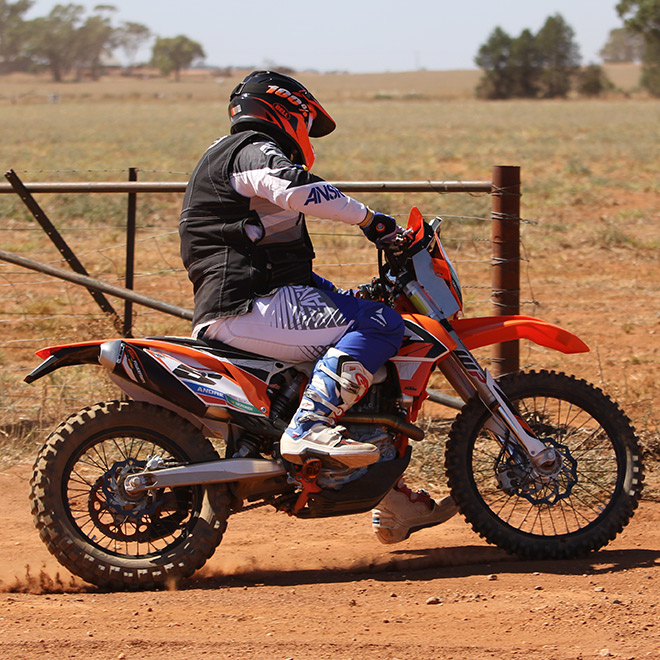
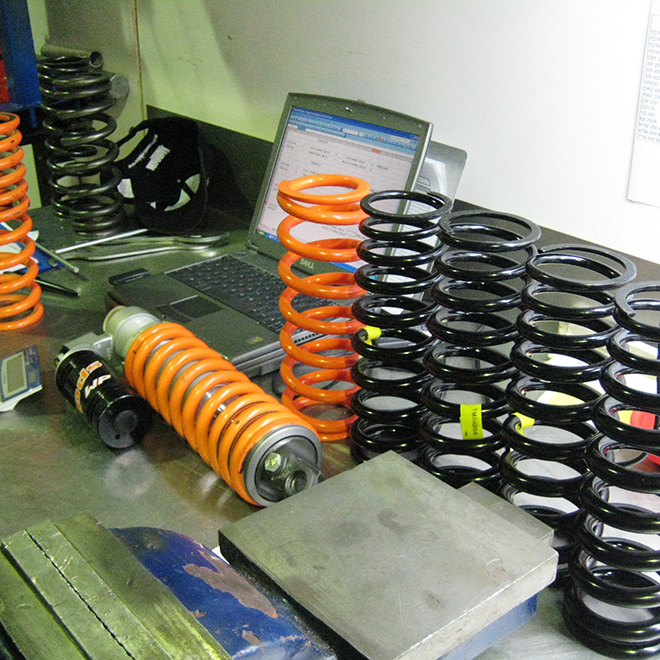
2017-2019 (Generation 4 XPLOR PDS)
The Xplor was introduced as a lighter weight alternative to the previous shock. It's 46mm against the previous 50mm unit. While it's lighter, the shock is great for trailriders. We soon found out even the clubman racers wanted more support in compression, more rebound control and a greater range of shock springs. We had a big range of both progressive and linear springs made for the Xplor with a larger range than WP.
2012-2016 (Generation 3 PDS)
By the time we were at 2012, the PDS had stopped changing in it's design. It became a series of new settings every year. The shock was robust, the stock settings suited a lot of people but it never suits everyone. There are often some pressure balance problems in the production shock making them audibly thump on the dyno. A setting change while we service the shock fixes the issue. We made new progressive springs as the leverage ratio changed (again).
2008-2011 (Generation 2 PDS)
With the Second Generation PDS, a change in shock angle meant a lighter rate shock spring must be used. The shock was improved over the earlier version with a Hi/Lo adjuster, and a revised rebound mechanism, however it was still prone to seizing. The shock is often described as harsh, but we have specific force targets to achieve on our shock dyno that are proven to take the harsh feel out of the PDS, without replacing pistons and telescopic needles and adding to the cost. We disassemble the rebound adjuster on every service, and we keep the rebound adjusters in stock as it's common to find them snapped off in the shock clevis. We even have a jig to drill the broken adjusters out.
1999-2007 (Generation 1 PDS)
This was the First Generation of the PDS rear, and was often maligned for its "Pilot Discharge System" character. A lot of this came from the very soft spring rates though, not the dampening. We started manufacturing Progressive and Linear shock springs for the WP PDS back in 2004, before moving onto our tapered wire springs in 2006. We still keep the heavier P20, P25 and P30 shock springs for the early PDS. The threaded preload collars often crack, then has a stress riser around the cap screw. We have run the old PDS shocks on the dyno, and they can be made to work without much fuss. The rebound needles can be a complete disaster in the early PDS, with a fine inner tube and O-rings required to the specific (tiny) sizing.

